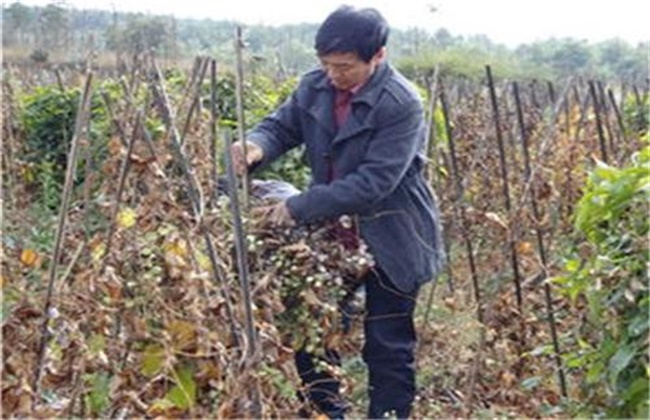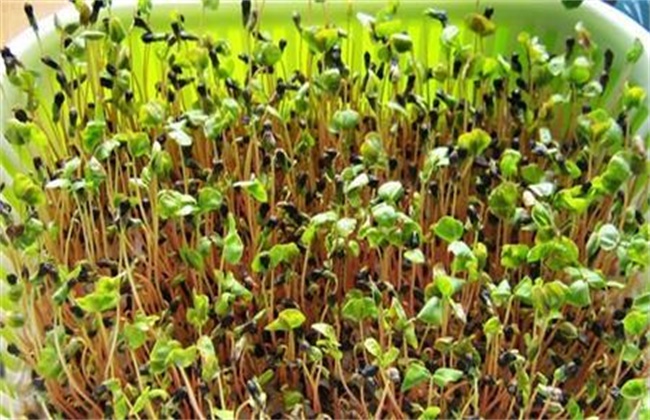Planting techniques of amaranth in greenhouse
Amaranth is a common leafy vegetable in our life, which has a very wide planting area in our country. Now, as the planting technology is becoming more and more mature, amaranth is mainly planted in greenhouse. Planting in greenhouse is very beneficial to the growth of amaranth, so how to grow amaranth in greenhouse? The following editor brings you the planting technology of amaranth in the greenhouse, let's have a look!

1. Seed selection and soil preparation
Before we grow amaranth in the greenhouse, the first thing we should do is to choose a good variety of amaranth. Amaranth varieties should be mainly those with good palatability, high yield and strong stress resistance. After selecting the variety, do a good job of soil preparation in the greenhouse. The soil should be ploughed about 18 centimeters deep, and sufficient base fertilizer should be applied in combination with soil preparation. The base fertilizer is mainly rotten farm manure, combined with appropriate amount of diammonium phosphate. After the soil preparation and fertilization is done, the soil in the greenhouse will be made into a flat bed about 1 meter wide.
2. Seed treatment
After selecting the variety, we still need to deal with the seeds of amaranth and soak them properly to accelerate germination. First choose a full seed, then soak it in cold water for a day or so. When soaking the seeds, it is best to scrub the seeds a lot. Then soak the seeds and remove them and air-dry them. Wrap it in wet gauze and put it under a wet towel. Keep the temperature at about 20 degrees and accelerate the budding. Observe the whitening of the seeds every day, and when about 40% of the seeds are exposed, they can be sown.
3. Sowing seeds at the right time
The sowing time of amaranth is also very important. Because the growth cycle of amaranth is relatively short, it usually takes only about 40 days from sowing to harvest. It is suitable to plant amaranth in spring and autumn. if it is cultivated in open field, it can be sown from March to August. If it is planted in a greenhouse, then we can sow seeds about a month earlier. Before sowing, the soil should be watered first. Then mix the seeds with an appropriate amount of fine sand and sow them evenly. After sowing, it will be crushed, then covered with a layer of dung, and finally covered with plastic film.
4. Strengthen the management
If enough bottom water is poured before sowing, there is no need to water the seeds before they emerge, and the seedlings can usually emerge in a week or so. After the cotyledons of young seedlings are unearthed, remove the plastic film and do a good job of ploughing and weeding. At the same time, it was carried out again when the seedlings grew about two true leaves, which was combined with topdressing and watering. Compound fertilizer is the main fertilizer, and the amount of fertilizer can be kept at about 15kg/ mu. Then topdressing again after half a month, which should also be combined with watering work. However, the field moisture should not be too much, when it rains, we should pay attention to do a good job of drainage. Finally, every time we harvest, we have to water and fertilize it.
The above is a brief introduction to the planting technology of amaranth in greenhouse. That's all for today's introduction. This article is for reference only. I hope it can help you all.
Related
- Where is it suitable to grow horseradish in China? it is expected to see the middle altitude horseradish in Alishan.
- How to prevent tomato virus disease reasonably? (Control methods included)
- Many people like to plant towel gourd on the balcony. What are the main points of this method and management?
- What crops can chili peppers be mixed with?
- Fertilization techniques and matters needing attention in Tomato
- What are the grafting techniques for peach seedlings in spring?
- Harm and control methods of root swelling disease of Chinese cabbage
- What are the pests of sweet potatoes? How to prevent and cure it?
- Symptoms, causes and Control methods of navel Rot in Tomato
- The cause of "Cucumber rotten bibcock" in Farmers' planting Cucumber and its Control Plan



